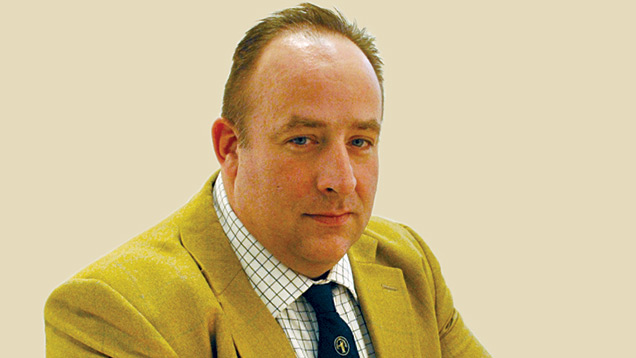Opinion: Land shouldn’t be a tax shield for the super rich
 david alvis
david alvis Agricultural land has been the star of the UK property sector in the past decade, outperforming residential and commercial property by 68% and 165% respectively over that period.
Mark Twain’s adage that “they are not making any more of it “ and the overplayed rhetoric of 9 billion hungry mouths by 2050 might account for some of that growth.
However, compared with other parts of the world where land’s value has historically tracked its earning potential more closely, recent UK farmland inflation is seemingly in a league of its own.
Supply has admittedly been low, even by the illiquid standards of the UK land market, with 2014’s public offering of just 131,000 acres, according to Savills, the lowest figure since 1945.
Given that the freehold portion of the Co-op farms accounted for 12.5% of that figure, in a single deal that was always going to be way beyond the means of the vast majority of potential buyers, bargains were thin on the ground.
See also: Read David Alvis on global warming
Furthermore, Savills estimate that non-farming buyers accounted for 55% of the UK market in 2014.
Capital growth and tax benefits are the principal reasons given for external investment in farmland.
“Financing the purchase of farmland has never been easy, but at £10,000/acre – a fairly conservative value in today’s market – borrowing money at 4% equates to £400/acre in interest payments alone.”
David Alvis
So given that the latter would appear to be driving the former, could the Treasury in fact be fuelling a land price bubble that is undermining the resilience of UK agriculture to external shocks at a time of increasingly volatile commodity prices?
Financing the purchase of farmland has never been easy, but at £10,000/acre – a fairly conservative value in today’s market – borrowing money at 4% equates to £400/acre in interest payments alone.
This is a rather daunting prospect to say the least.
One answer has been to farm the land for the burgeoning cohort of non-farming owners.
An increasing divergence between land ownership and management has long been touted as inevitable and actively encouraged by advisers and land agents alike. And why wouldn’t they?
Selling land at overinflated prices to wealthy non-farming clients not only generates more commission, but also secures a second lucrative income stream, setting up and administering its management.
The last thing they want to do is to sell land to farmers; where’s the sense in that?
And while many farming businesses have prospered from this model in recent years while markets have been firm and interest rates historically low, its attractiveness soon starts to lose its lustre in the trough of a turbulent commodity cycle.
However transient 20p/litre milk and £120/t wheat might be, the value of a strong balance sheet, widely dismissed as unnecessarily conservative by some more cavalier elements of the industry in the not-so-distant past, has surely never been higher.
But is it too late? Is owning farmland already beyond the aspirations of tomorrow’s farmers?
A Dutch colleague of mine can’t see what all the fuss is about, with land in the Netherlands regularly trading at €80,000-€90,000/ha (£24,000-£27,000/acre); but their industry is consequently locked into a perennial debt cycle that, without continued public subsidy, is simply unsustainable.
This particular conundrum is unlikely to be easy to resolve without someone getting a bloody nose. At the risk of sounding like a proper old leftie, the price of land will almost certainly continue to rise as long as governments provide unnecessarily generous tax incentives for investment in it; pricing it ever further beyond the reach of those for whom its value as a bulwark against the ravages of the market is surely both strategically and morally more justifiable than as a tax shield for the super rich.
David Alvis is managing director of Yorkshire Dairy Goats, based in the East Riding. He is a Nuffield Scholar and formerly co-managed the Technology Strategy Board’s sustainable agriculture and food innovation platform.
